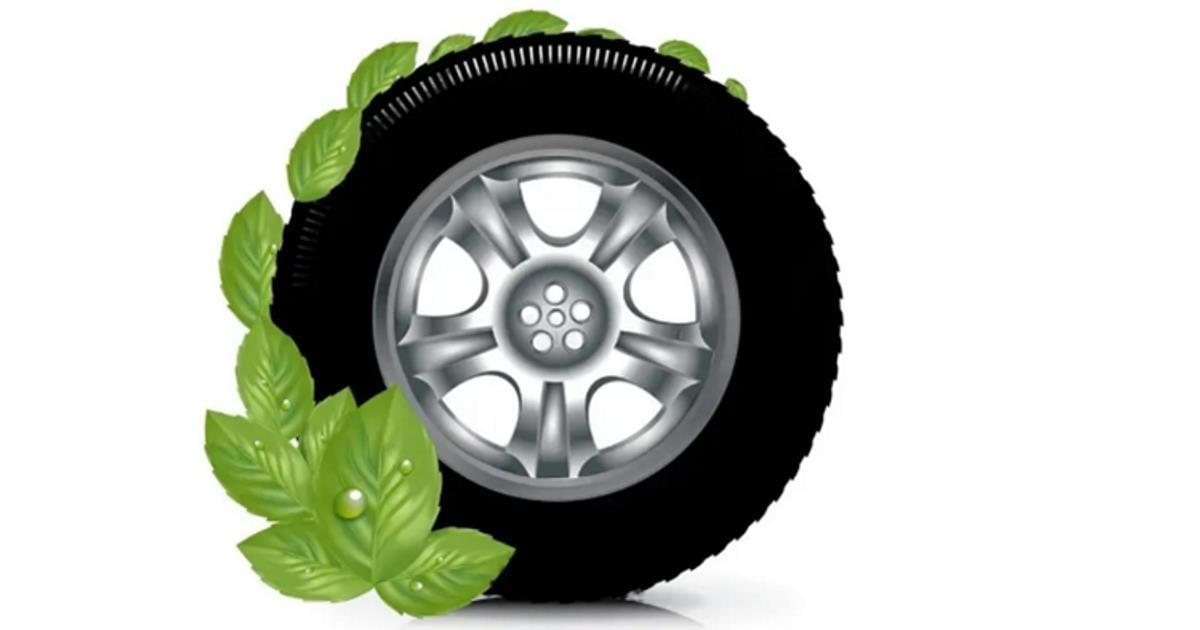Advanced Rubber Composites III
A special issue of Materials (ISSN 1996-1944). This special issue belongs to the section "Polymeric Materials".
Deadline for manuscript submissions: 20 July 2024 | Viewed by 2319

Special Issue Editors
Interests: rubbers; rubber composites; reinforcement; carbon-based fillers; magnetic fillers; biopolymer fillers; filler/rubber interactions; surface modification; vulcanization; analysis of cross-link density; network structure
Special Issues, Collections and Topics in MDPI journals
Interests: rubber; polymers; polymer blends; composites and nanocomposites; biopolymers; multiphase polymer system structures; surface modification of polymers by chemical and physical methods; plasma treatment; reinforcement; vulcanization; recycling of polymers
Special Issues, Collections and Topics in MDPI journals
Special Issue Information
Dear Colleagues,
After the successful first two volumes of the Special Issue “Advanced Rubber Composites II”, we decided to make the special issue as a collection on rubber composites. Current progress in science and technology shift towards development and fabrication of new materials and products that must often fulfill requirements for specific applications. Rubbers are unique and versatile materials characterized by excellent elasticity, dynamic and mechanical properties. They can be easily processed and shaped into desired products. Thus, they are highly demanded in various spheres ranging from general products to high-tech applications. Final properties of rubbers can be easily tailored by introduction of special additives, different fillers ranging from traditional to special types, by functional modifications of fillers and rubbers or by implementation of processing and manufacturing techniques. Due to increasing demand for protection of the environment, more attention has also been devoted to possibilities of application of biopolymers and materials from renewable resources as additives or fillers into rubber formulations.
Preparation of new materials with unique structure and favorable flexible characteristics requires also new approach to the formation of cross-linked network structure in rubber compounds and study of new vulcanization systems, which can provide spectrum of required mechanical characteristics to rubber-based materials.
Rubber products often represent multiphase and multicomponent composite systems and to better understand correlation between microstructure and macroscopic behavior and property spectrum of innovative, sustainable material concepts, new investigation a simulation methods have been developed. Due to the complexity of rubber products, modern processing methodologies and instrumentation have been implemented.
The special issue “Advanced Rubber Composites III” is devoted to all aspects of rubber science and technology, including, but not limited to rubbers, thermoplastic elastomers, blends, composites, smart materials, eco-friendly materials, fillers, vulcanization systems, rheology, new approaches in testing, methodology, processing and fabrication techniques, 3D-printing, ageing and recycling.
Dr. Jan Kruzelak
Prof. Dr. Ivan Hudec
Guest Editors
Manuscript Submission Information
Manuscripts should be submitted online at www.mdpi.com by registering and logging in to this website. Once you are registered, click here to go to the submission form. Manuscripts can be submitted until the deadline. All submissions that pass pre-check are peer-reviewed. Accepted papers will be published continuously in the journal (as soon as accepted) and will be listed together on the special issue website. Research articles, review articles as well as short communications are invited. For planned papers, a title and short abstract (about 100 words) can be sent to the Editorial Office for announcement on this website.
Submitted manuscripts should not have been published previously, nor be under consideration for publication elsewhere (except conference proceedings papers). All manuscripts are thoroughly refereed through a single-blind peer-review process. A guide for authors and other relevant information for submission of manuscripts is available on the Instructions for Authors page. Materials is an international peer-reviewed open access semimonthly journal published by MDPI.
Please visit the Instructions for Authors page before submitting a manuscript. The Article Processing Charge (APC) for publication in this open access journal is 2600 CHF (Swiss Francs). Submitted papers should be well formatted and use good English. Authors may use MDPI's English editing service prior to publication or during author revisions.
Keywords
- rubber
- rubber composites
- elastomers
- bio-elastomers
- ecofriendly materials
- rubber recycling
- vulcanization
- reinforcement
- 3-D printing
- rheology
- testing
Related Special Issue
- Advanced Rubber Composites II in Materials (11 articles)







